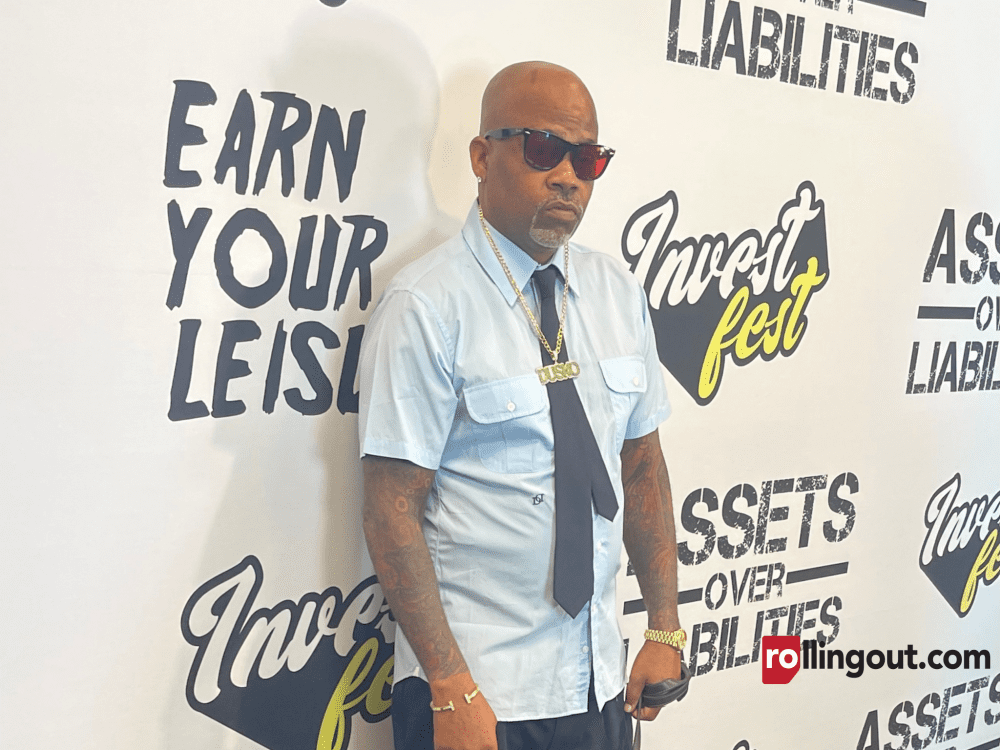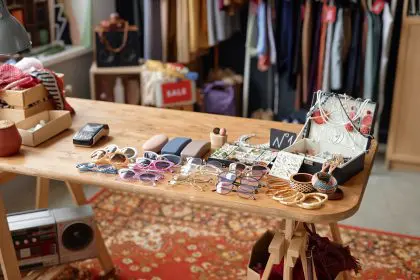Your clothing choices communicate volumes about your competence, attention to detail, and professional judgment long before you speak a single word. In today’s competitive professional landscape, the subtle messages conveyed through wardrobe decisions can either open doors to advancement opportunities or quietly close them without explanation. The power of first impressions extends far beyond initial meetings, influencing ongoing perceptions that shape career trajectories in ways most people never realize.
The psychology of professional perception operates on both conscious and subconscious levels, with clothing serving as a visual shorthand for character traits, work ethic, and cultural fit within organizational structures. These snap judgments, formed within seconds of visual contact, create lasting impressions that can be surprisingly difficult to overcome through subsequent interactions or demonstrated competence.
Understanding the hidden language of professional attire becomes crucial for anyone seeking to maximize their career potential. The disconnect between personal style preferences and professional advancement requirements often creates blind spots that prevent talented individuals from achieving their full potential in competitive work environments.
The fit and proportion disasters
- Ill-fitting clothing undermines professional credibility in ways that extend far beyond aesthetic considerations. Garments that are too large create an impression of sloppiness and lack of attention to detail, while clothing that’s too tight suggests poor judgment and self-awareness. The psychological impact of improper fit affects not only how others perceive competence but also influences the wearer’s confidence and body language.
Professional environments operate on visual cues that signal competence and reliability. Clothing that fits properly demonstrates attention to detail, investment in professional appearance, and respect for workplace standards. Conversely, poor fit suggests carelessness that colleagues and supervisors may unconsciously associate with work performance.
The cascading effects of improper fit extend beyond immediate visual impressions. Uncomfortable clothing affects posture, movement, and confidence levels, creating a cycle where poor clothing choices lead to diminished professional presence. This reduced presence then impacts speaking opportunities, leadership visibility, and advancement considerations.
The long-term career implications of consistently poor-fitting clothing include missed promotion opportunities, exclusion from high-visibility projects, and reduced consideration for client-facing roles. These limitations often operate subtly, with decision-makers citing vague concerns about “executive presence” or “polish” without explicitly identifying clothing as the underlying issue.
Color psychology working against you
- Strategic color choices influence perception of authority, trustworthiness, and competence in professional settings. Colors carry psychological associations that operate below conscious awareness, affecting how colleagues and supervisors process information about capabilities and leadership potential. Poor color choices can inadvertently signal immaturity, lack of seriousness, or cultural misalignment with organizational values.
Certain colors command respect and attention in professional environments, while others diminish perceived authority or create distracting visual noise that detracts from message delivery. The power of color psychology becomes particularly important during presentations, meetings, and other high-stakes professional interactions where visual impact significantly influences outcomes.
The context of color appropriateness varies across industries, organizational cultures, and geographical regions, requiring sophisticated understanding of environmental expectations. Colors that work well in creative industries may undermine credibility in financial services, while clothing appropriate for West Coast tech companies might seem out of place in traditional East Coast corporations.
Professional advancement often requires navigating multiple organizational levels and external client relationships, each with distinct cultural expectations around appropriate professional presentation. Failure to adapt color choices to these varying contexts can limit opportunities for cross-functional collaboration and external relationship building.
The quality and maintenance failures
- Visible wear and poor maintenance signal lack of investment in professional success and attention to important details. Clothing with visible stains, wrinkles, missing buttons, or signs of wear creates impressions of carelessness that extend beyond wardrobe choices to assumptions about work quality and reliability.
The maintenance of professional clothing requires ongoing attention and investment that demonstrates commitment to professional standards. Garments that appear well-cared-for signal respect for workplace environment and colleagues, while neglected clothing suggests priorities that don’t align with professional advancement.
The compounding nature of maintenance neglect means that small issues like loose threads or minor stains quickly escalate into more significant problems that become increasingly expensive to address. Professional clothing represents an investment that requires protection through proper care, storage, and timely repairs.
Career advancement often involves increased visibility and higher-stakes interactions where clothing maintenance becomes critically important. Promotion to client-facing roles, leadership positions, or external representation opportunities requires wardrobe standards that may exceed previous professional requirements.
Inappropriate formality levels
- Mismatched formality creates cultural disconnect that can exclude individuals from informal networking opportunities or formal advancement considerations. Understanding the subtle gradations of professional dress codes requires sophisticated cultural awareness that many people lack, leading to choices that signal outsider status within organizational hierarchies.
Professional environments operate with complex, often unwritten rules about appropriate formality levels for different occasions, roles, and organizational levels. Overdressing can appear pretentious or out of touch, while underdressing suggests lack of respect or understanding of professional standards.
The challenge of appropriate formality extends beyond obvious formal versus casual distinctions to include subtle variations in fabric quality, styling details, and accessory choices that signal cultural fluency within specific professional environments. These nuanced differences often determine inclusion in informal leadership networks and advancement opportunities.
Successful navigation of professional formality requires understanding both official dress codes and unofficial cultural expectations that vary significantly across different organizational contexts. The ability to adapt appropriately to varying formality requirements becomes increasingly important at higher organizational levels.
Distracting or inappropriate styling choices
- Attention-grabbing elements divert focus from professional capabilities and message delivery to superficial style considerations. Clothing that draws excessive attention through bold patterns, unusual styling, or inappropriate design elements shifts conversations away from work contributions toward personal style choices.
Professional environments generally reward subtle sophistication that enhances rather than overshadows individual capabilities and contributions. Styling choices that become conversation topics often indicate misjudgment about appropriate professional presentation and can limit serious consideration for advancement opportunities.
The line between personal expression and professional appropriateness requires careful navigation, particularly in organizational cultures that value conformity and traditional professional standards. Individual style preferences must be balanced against career advancement goals and organizational cultural expectations.
The cumulative impact of consistently inappropriate styling choices includes reduced credibility in professional discussions, exclusion from important meetings or projects, and limitation of advancement opportunities that require external client interaction or organizational representation.
Seasonal and contextual misalignment
- Inappropriate seasonal or contextual choices demonstrate lack of environmental awareness and cultural sensitivity that can limit professional opportunities. Wearing summer fabrics in winter, formal attire to casual company events, or culturally inappropriate clothing in diverse professional environments signals poor judgment and limited cultural fluency.
Professional success increasingly requires navigating diverse cultural contexts, client environments, and seasonal considerations that demand sophisticated wardrobe adaptation. The ability to dress appropriately for varying professional contexts signals cultural intelligence and adaptability that are highly valued in leadership positions.
Seasonal appropriateness extends beyond obvious weather considerations to include understanding industry-specific timing, organizational cultural rhythms, and client relationship contexts that influence appropriate professional presentation. These nuanced requirements often determine success in client-facing roles and external representation opportunities.
The globalization of business environments requires understanding cultural dress expectations that vary significantly across different professional contexts. Failure to adapt appropriately to these varying requirements can limit international opportunities and cross-cultural professional relationships.
Personal grooming and hygiene integration
- Inconsistent personal grooming undermines even the most carefully chosen professional wardrobe by creating disconnect between clothing investment and overall professional presentation. The integration of clothing choices with personal grooming, hygiene, and overall presentation creates the complete professional image that influences career advancement opportunities.
Professional advancement requires holistic attention to personal presentation that extends beyond clothing choices to include grooming standards, hygiene maintenance, and overall physical presentation. Inconsistency in any aspect of professional appearance can undermine the positive impact of other presentation elements.
The compound effect of excellent clothing choices combined with appropriate grooming creates professional presence that opens doors to advancement opportunities, while inconsistency in presentation creates confusion about professional standards and commitment to success.
Career advancement at higher organizational levels requires increasingly sophisticated attention to all aspects of professional presentation, as leadership roles often involve external representation and client relationship responsibilities that demand impeccable professional standards.
The psychological impact on performance
Beyond external perceptions, wardrobe choices significantly influence personal confidence, behavior, and performance in professional settings. Clothing that feels appropriate and well-fitted enhances confidence and professional presence, while inappropriate or uncomfortable clothing can undermine performance and limit professional effectiveness.
The phenomenon of enclothed cognition demonstrates how clothing choices influence cognitive performance and behavioral patterns. Professional attire that aligns with success-oriented identity can enhance performance, while inappropriate clothing choices can undermine confidence and professional effectiveness.
Understanding the bidirectional relationship between clothing choices and professional performance helps explain why wardrobe investment often yields returns that extend beyond improved external perceptions to include enhanced personal effectiveness and career satisfaction.
Strategic wardrobe investment
Professional wardrobe development requires strategic thinking about career goals, industry requirements, and organizational culture rather than simply following personal style preferences or fashion trends. The most effective professional wardrobes balance individual personality expression with career advancement requirements and organizational cultural expectations.
Investment in professional wardrobe should be viewed as career development expense rather than personal indulgence, with return on investment measured through enhanced opportunities, improved professional relationships, and accelerated career advancement.
The compound returns from strategic wardrobe investment often exceed the initial costs through increased earning potential, expanded networking opportunities, and enhanced professional reputation that creates lasting career benefits.
Building professional wardrobe intelligence
Developing sophisticated understanding of professional dress codes, cultural expectations, and industry-specific requirements requires ongoing attention and adaptation as career circumstances change. Professional wardrobe intelligence becomes increasingly important at higher organizational levels where representation requirements and cultural expectations become more complex.
The most successful professionals develop wardrobe strategies that enhance rather than distract from their professional capabilities while demonstrating cultural fluency and attention to important details. This strategic approach to professional presentation creates competitive advantages that compound over time to accelerate career advancement and professional success.
Mastering the subtle art of professional presentation through strategic wardrobe choices represents an investment in career development that continues yielding returns throughout professional advancement. The individuals who understand and leverage these dynamics often find themselves with enhanced opportunities and accelerated career trajectories that reflect their comprehensive approach to professional excellence.


















